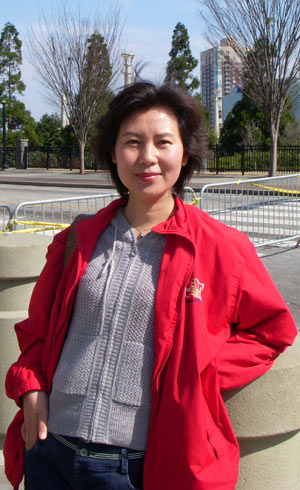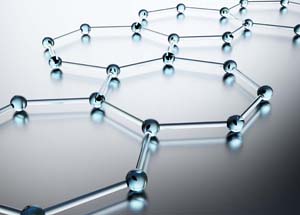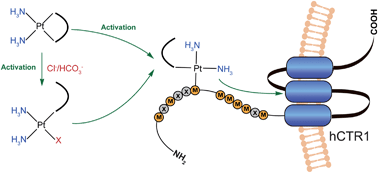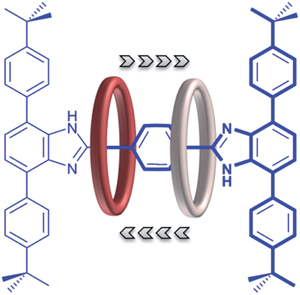This month sees the following articles in Chemical Science that are in the top ten most accessed:-
Copper-catalyzed decarboxylative C-N coupling for N-arylation
Yun Zhang, Sejal Patel and Nello Mainolfi
Chem. Sci., 2012, Advance Article, DOI: 10.1039/C2SC20606D, Edge Article
Copper-catalyzed decarboxylative alkenylation of sp3 C-H bonds with cinnamic acids via a radical process
Zili Cui, Xiaojie Shang, Xiang-Feng Shao and Zhong-Quan Liu
Chem. Sci., 2012, Advance Article, DOI: 10.1039/C2SC20712E, Edge Article
Chiral ionic Brønsted acid-achiral Brønsted base synergistic catalysis for asymmetric sulfa-Michael addition to nitroolefins
Daisuke Uraguchi, Natsuko Kinoshita, Daisuke Nakashima and Takashi Ooi
Chem. Sci., 2012, Advance Article, DOI: 10.1039/C2SC20698F, Edge Article
A chemical synthesis of 11-methoxy mitragynine pseudoindoxyl featuring the interrupted Ugi reaction
Jimin Kim, John S. Schneekloth and Erik J. Sorensen
Chem. Sci., 2012,3, 2849-2852, DOI: 10.1039/C2SC20669B, Edge Article
Methane: a new frontier in organometallic chemistry
Vincent N. Cavaliere and Daniel J. Mindiola
Chem. Sci., 2012, Advance Article, DOI: 10.1039/C2SC20530K, Minireview
A fluorescent probe for rapid detection of hydrogen sulfide in blood plasma and brain tissues in mice
Yong Qian, Ling Zhang, Shuting Ding, Xin Deng, Chuan He, Xi Emily Zheng, Hai-Liang Zhu and Jing Zhao
Chem. Sci., 2012, Advance Article, DOI: 10.1039/C2SC20537H, Edge Article
Supramolecular mechanics in a metal-organic framework
Joseph M. Ogborn, Ines E. Collings, Stephen A. Moggach, Amber L. Thompson and Andrew L. Goodwin
Chem. Sci., 2012, Advance Article, DOI: 10.1039/C2SC20596C, Edge Article
Gold meets enamine catalysis in the enantioselective a-allylic alkylation of aldehydes with alcohols
Michel Chiarucci, Marzia di Lillo, Alessandro Romaniello, Pier Giorgio Cozzi, Gianpiero Cera and Marco Bandini
Chem. Sci., 2012,3, 2859-2863, DOI: 10.1039/C2SC20478A, Edge Article
Gram-scale synthesis and crystal structures of [8]- and [10]CPP, and the solid-state structure of C60@[10]CPP
Jianlong Xia, Jeffrey W. Bacon and Ramesh Jasti
Chem. Sci., 2012, Advance Article, DOI: 10.1039/C2SC20719B, Edge Article
Catalytic enantioselective carbon-carbon bond formation using cycloisomerization reactions
Iain D. G. Watson and F. Dean Toste
Chem. Sci., 2012, Advance Article, DOI: 10.1039/C2SC20542D, Minireview
Why not take a look at the articles today and blog your thoughts and comments below.
Fancy submitting an article to Chemical Science? Then why not submit to us today or alternatively contact us with your suggestions.
Comments Off on Top ten most accessed articles in July
 I am delighted to announce that Professor Jihong Yu (Jilin University, China) has joined the Chemical Science Editorial Board as the Associate Editor for Inorganic Materials.
I am delighted to announce that Professor Jihong Yu (Jilin University, China) has joined the Chemical Science Editorial Board as the Associate Editor for Inorganic Materials.














